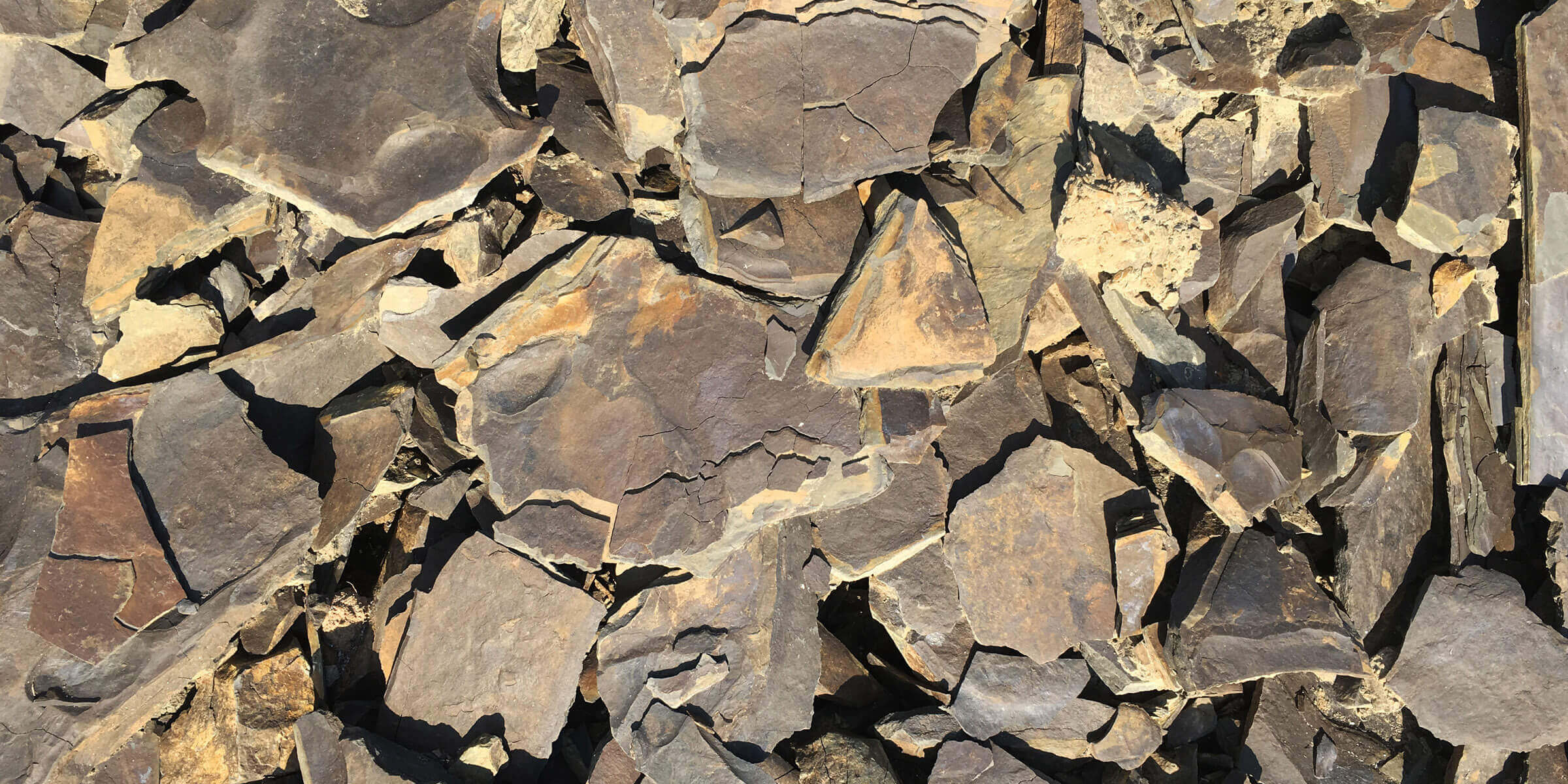Excerpt from our Winter Newsletter
In winters like 2018, when we skate around the pond at the HJW Vineyard for the better part of January, we remember very clearly why our first plantings of Pinot Noir didn’t stand a chance. It all has to do with mesoclimate- aka vineyard climate. Mesoclimates are the sum of small shifts in rainfall, temperature, and growing conditions at a given site. Slope, proximity to water, and predominant direction of airflow will generate subtle changes in how plants grow and how we might farm differently in one block compared to another.
In the late ’90s, when we first visited the field that would become the Magdalena Vineyard, the lines of its mesoclimates were visible in the ridge where tall grass gave way to wildflowers. In the Josef Vineyard, parts of which were planted in the 1960s, we could detect the outlines of mesoclimate by the presence or absence of winter damage on vine trunks.
Of course, it was the first plantings on the HJW farm that served as our viticultural sounding board. There were no commercial Riesling blocks on Seneca Lake in 1973 and the land Hermann purchased that year was previously planted with soybeans- not exactly a vinifera bellwether. To figure out what he was working with, Hermann planted a couple of rows with an assortment of varietals and waited for his first tough winter. Lucky for him, he got three in a row! It was on the backs of those winters that he planted our first block of Riesling 1977, our firsts blocks of Chardonnay and Pinot Noir in 1978, then our second block of Pinot in the ‘80s, and then our third block of Pinot in ‘90s… The man liked Pinot more than his land did.
Defining the boundaries of our vineyard ecosystems means understanding where mesoclimates arise and how they differ. We can select varietals, rootstocks, and row orientations, but we can’t control nature. Some discoveries limit what we can plant, others open new doors. We recently added to our acre of Gruner Veltliner in Josef and to our Lemberger plantings in Magdalena. Winters like 2018 might put a hard stop to some of the current crop of experimental varietals like Petit Arvine, Nebbiolo, or Furmint. But, as Hermann discovered, that’s part and parcel of exploring mesoclimates.
Oh, about that Pinot. You’ll be happy to know Hermann finally found a home for it. He planned our current block in 1999 in the Magdalena Vineyard – close enough to the protection of Seneca Lake, and far enough from our hockey pucks, to make it through the winter unscathed. Stay warm everyone, Cheers!
To read the full Newsletter click here.



